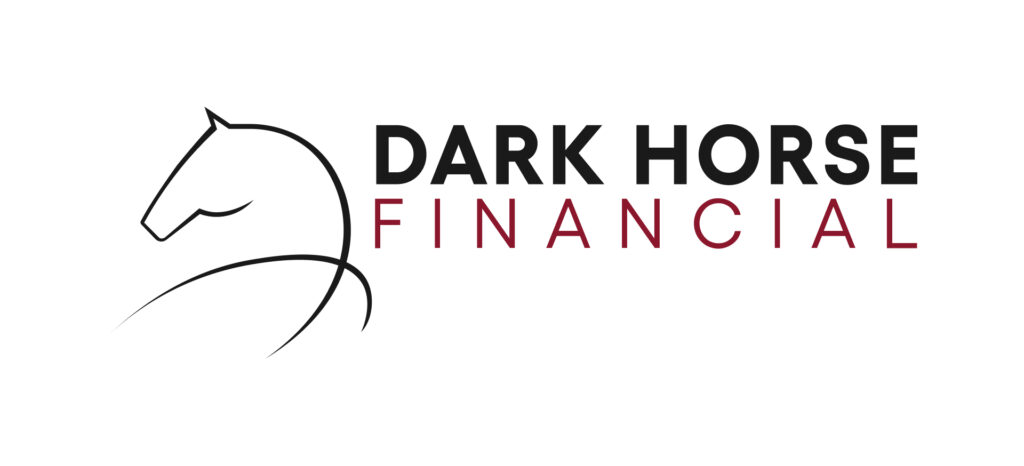Key Takeaway Table
| Key Point | Description |
|---|---|
|
Bridging Loan Meaning
|
A bridging loan is designed to cover the financial gap between buying a desired property and selling your current one. Bridging loans are short-term solutions typically lasting around 6-12 months.
|
|
How a Bridging Loan Works
|
Your current mortgage plus the value of your desired property is your peak debt, which is the maximum amount you can borrow from your lender. Once you sell your current property, the sale price will be subtracted from the peak debt, which will leave you with an end debt. Your end debt will function as a normal home loan product.
|
|
Capitalised Interest
|
Some lenders offer the option to capitalise the interest of a bridging loan, which means the interest will be added to the peak debt instead of paid monthly during the bridging period. With smaller repayments, borrowers can have breathing room during the bridging period as they transition from one home to another. However, it's important to note that interest may make your peak and end debt higher if your property takes longer than anticipated to sell.
|
|
Closed vs. Open Bridging Loan
|
A borrower can get a closed bridging loan if they already have a buyer but the timing of the sale doesn't align with the timing of the purchase of their new property. Meanwhile, open bridging loans are for borrowers who don't have a buyer yet.
|
|
Pros of a Bridging Loan
|
Bridging loans can provide borrowers with quick access to funds so they can secure the home of their dreams. With bridging loans, buyers can transition smoothly from one home to another without the need for temporary housing during the selling period. Additionally, the option to capitalise interest can help borrowers with cash flow rather than paying principal and interest on the peak debt.
|
|
Cons of a Bridging Loan
|
There's always a risk that the current home doesn't get sold in time, which can result in higher interest and the lender asking for principal and interest to be paid on the peak debt. Borrowers could feel pressure to sell their property quickly for prices lower than desired.
|
|
Who are Bridging Loans Best For?
|
Bridging loans are best for homebuyers in the middle of buying and selling houses. This type of loan is also good for those constructing a new home while still residing in their current one.
|
When you finally find the house of your dreams, it’s understandable if you want to immediately take it off the market before other buyers can. However, you may not have the funds to make that happen if you haven’t sold your current home yet. That’s where bridging loans come in; bridging loans are a short-term solution designed specifically for these types of situations.
What is a Bridging Loan?
A bridging loan is a type of short-term loan designed to “bridge” the financial gap between buying a new property and selling an existing one. Typically, bridging loans are short-term, lasting around 6 months, although some lenders may offer longer terms.
How a Bridging Loan Works
Let’s say your current home is valued at $500,000, and you still have $200,000 on your mortgage. You just found your dream home on the market, which is valued at $700,000. If you wait to sell your home, you might lose out on the chance to buy your dream home.
However, you don’t have the capacity to take on a new home loan while you still have an existing one. In this situation, a bridging loan can help you get the funds to purchase your dream home while waiting to sell your existing home.
Your current mortgage plus your new mortgage will be your peak debt, which is the maximum amount you can borrow from your lender.

Let’s say you successfully sold your property for $550,000. Your lender will subtract the sale price of your home from the peak debt, and you’ll end up with an end debt of $350,000. After this process, your bridging loan will become a standard home loan amounting to $350,000.

Capitalised Interest
Some lenders offer the option to capitalise your bridging loan interest, which means it is added to the peak debt and repaid when the existing property is sold. This can give you some cash flow breathing room as you’re no longer required to pay full repayments during the bridging period. However, interest can add up and raise your peak debt, especially if it’s taking too long to sell your current property.
Closed vs. Open Bridging Loan
There are generally two types of bridging loans available:
| Closed Bridging Loans | Open Bridging Loans |
|---|---|
|
Closed bridging loans have a predetermined repayment date. This type of loan is typically used when the borrower already has a buyer for the property but there’s a gap between they settle on their new home and their original property.
|
Open bridging loans do not have a fixed repayment date. They are used when the borrower hasn't secured a buyer for their existing property yet. If the borrower fails to sell the property within the bridging loan term they could face higher interest rates and be expected to pay principal and interest repayments on the peak debt.
|
Pros and Cons of a Bridging Loan
Bridging loans can be a useful financial tool under certain circumstances, but like any loan product, they come with both advantages and disadvantages. Here are the pros and cons of taking out a bridging loan:
Pros
- Quick Access to Funds: Bridging loans can be arranged relatively quickly, which is crucial when you need to secure funding immediately to purchase a new property. Some private lenders can fund bridging loans in a few days.
- Securing Your Dream Property: Bridging loans allow you to act quickly and purchase your desired property even though you don’t have the funds in hand yet from the sale of your previous property. With this type of loan, you can avoid losing your ideal home, especially when the market is highly competitive.
- Eliminating the Need for Temporary Housing: If you don’t get a bridging loan, you’ll most likely rent another property to stay at while you iron out the sale and purchase of different properties. With a bridging loan, you can immediately secure your new home, eliminating the need to spend on temporary accommodation and storage costs.
- Interest Payment Flexibility: The option to capitalise interest can help you manage cash flow during the bridging period by delaying monthly interest payments.
Cons
- Risks of Non-Sale: There is a risk if the sale of your current property takes longer than anticipated or falls through. You could end up effectively paying for two mortgages simultaneously.
- Equity Requirement: Borrowers need to have sufficient equity in their existing property to qualify for a bridging loan, which may not be feasible for everyone.
- Pressure to Sell Quickly: The short-term nature of bridging loans can pressure borrowers to sell their existing property quickly, potentially at a lower price than desired.
Who are Bridging Loans Best For?
Bridging loans are best suited for certain individuals and situations where quick, short-term access to funds is needed.
Bridging loans are best for…
Homebuyers in the middle of securing their desired home and selling their current home
Homebuyers experiencing delays in selling their home
Those still in the middle of constructing their new home while still residing in their current one
Find the Right Bridging Loan
Bridging loans can be your financial lifeline while in the middle of buying and selling properties. Applying for one will depend on your needs and your financial situation. You can get guidance from loan experts to assess if a bridging loan is the right solution for you. Contact us to know more.





